The world-famous composer, Wolfgang Amadeus Mozart (also: Wolfgang Amadé Mozart), was born on Salzburg’s in 1765. From the age of 4, his father taught him piano, violin, and composition. He and his sister Maria Anna (“Nannerl”), who was one year older than him, were celebrated as child prodigies and went on tour with their parents from an early age.
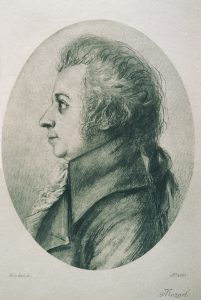
Mozart died at just 36, after a very successful and rough – and wild – life. There’s a reason he is unofficially the 1st rock star in history. His deathbed was in Vienna, where he repeatedly spent many years living with his family in various apartments. Today, interested visitors can walk in the footsteps of the great prodigy throughout Vienna.
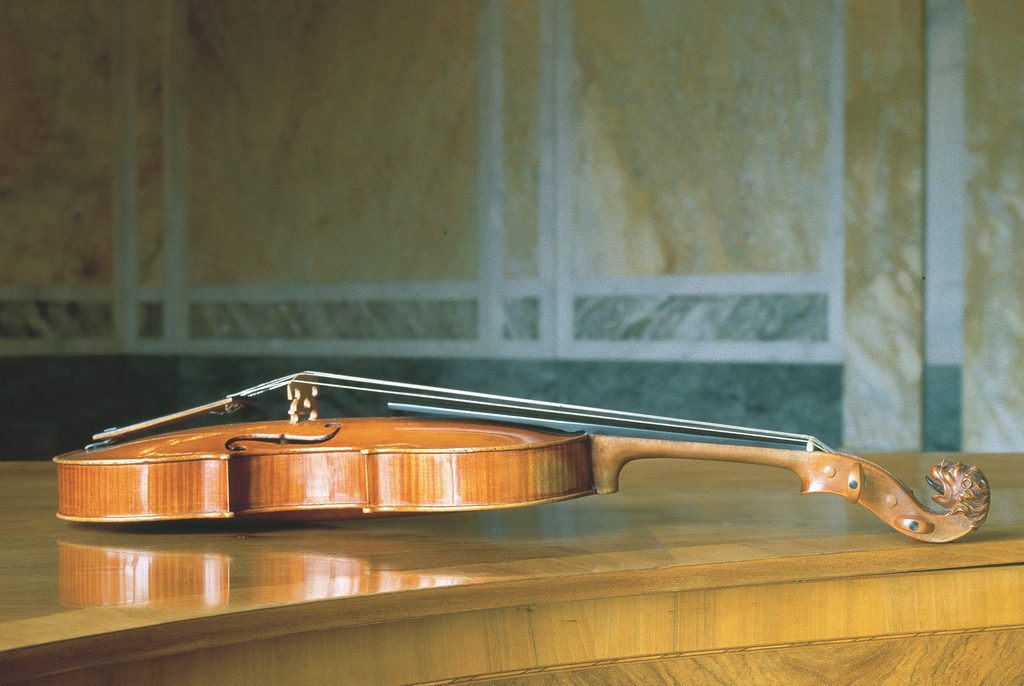
The life of a genius – Wolfgang Amadeus Mozart
During his adult life, the child prodigy often travelled back and forth between his birthplace, Salzburg, and Vienna. He composed in Vienna and visited Italy, before returning to Salzburg as a great concertmaster – and for a few years following this, only achieved moderate success. From 1781 until his death, he finally lived in Vienna as a self-employed composer. One flat he lived in was an especially expensive and spacious apartment in the 1st district. This can be visited today as part of the Mozarthaus Vienna and still features some of its original interior.
In 1782 he married Constanze Weber and they would remain married for the rest of his life. They had six children together, and his family always accompanied him on his travels. Mozart’s life was characterised by the ups and downs of an artistic genius. He very quickly earned a reputation as a bon vivant.
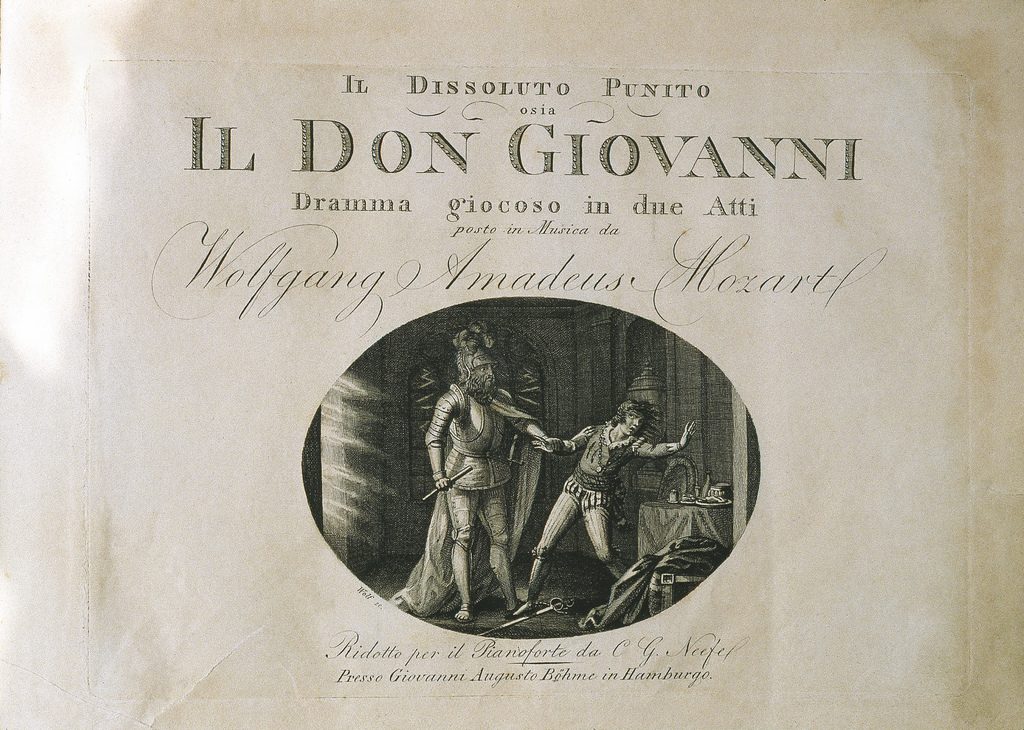
Shortly after the premiere performance of “Die Zauberflöte” (The Magic Flute) on the 30th September 1791, he became ill and on the 5th of December, he died in Vienna’s inner city – at the back of the today’s luxury department store, “Steffl” on Kärntner Straße. A commemorative plaque serves as a remembrance of his death there. His official cause of death was a fever in combination with a skin rash.
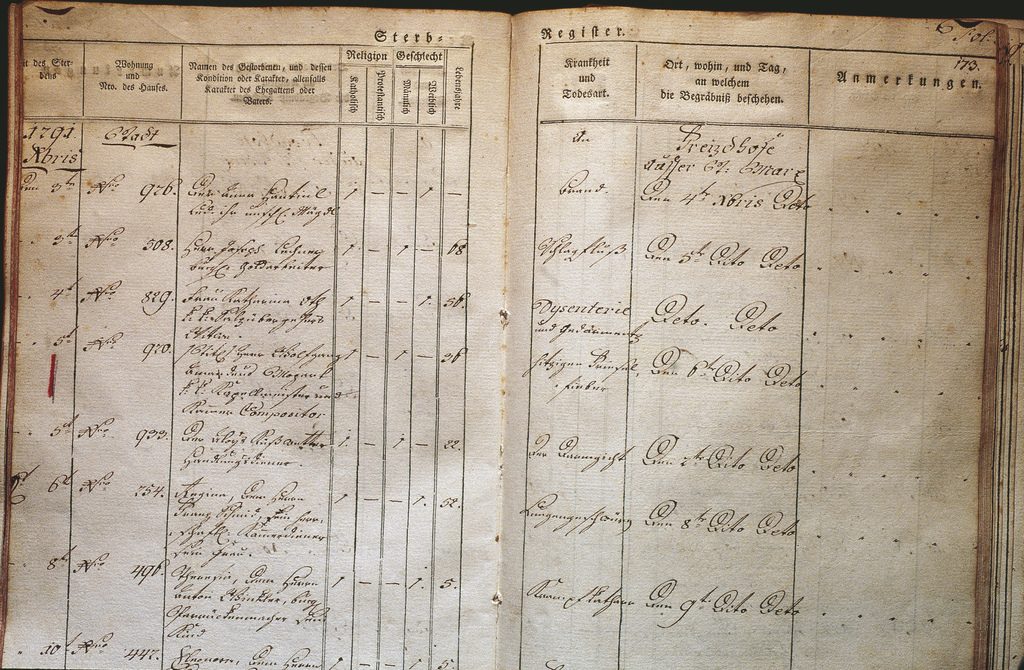
The great musician was buried at the St. Marx Cemetery. Fans of Mozart can still visit his grave there today.
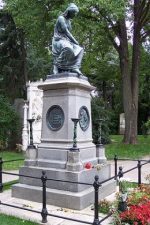
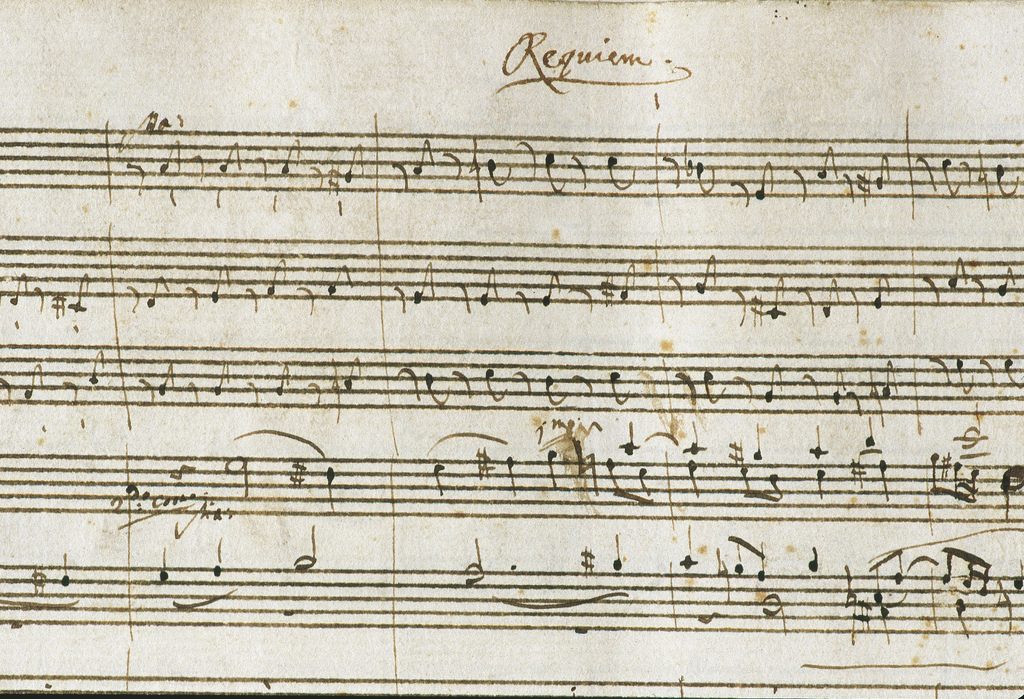
His final, uncompleted work, “Requiem”, was premiered in St. Michael’s Church after his death.
His works
During the course of his short, creative life, he wrote numerous operas and orchestral pieces such as symphonies and piano pieces. He composed chamber and piano music, songs, and canons. His most famous operas are without a doubt “Le nozze di Figaro” (The Marriage of Figaro), “Eine kleine Nachtmusik” (A Little Serenade), “Don Giovanni”, and “Die Zauberflöte” (The Magic Flute).
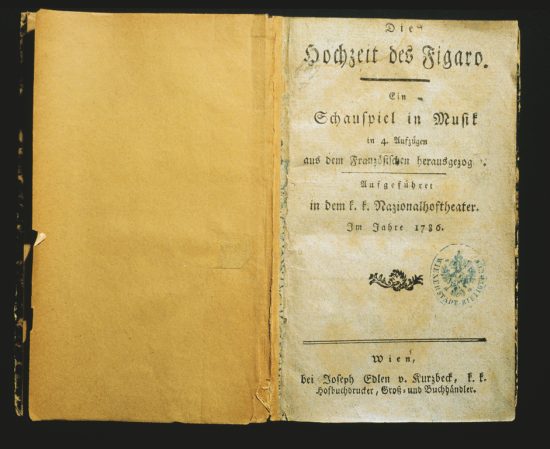
Naturally, there is also a Mozart monument to visit in Vienna. It has stood in the Burggarten – directly at the entrance – since 1953. However, it was not always found there. The 7.5-metre-high monument was originally unveiled at today’s Albertinaplatz in April 1896.
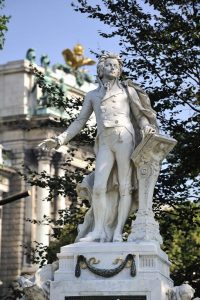
Today, top-class concerts of his music can be attended in Vienna all year round – including at the Theater an der Wien or in the “Sound Of Vienna” series at the Vienna Kursalon.


